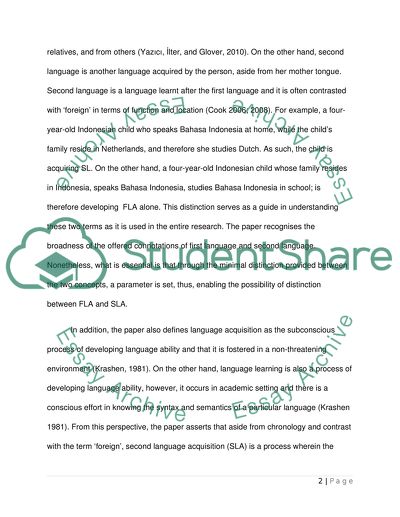Cite this document
(“Language, Acquisition, and Teaching Essay Example | Topics and Well Written Essays - 3750 words”, n.d.)
Retrieved from https://studentshare.org/english/1479427-language-acquisition-and-teaching
Retrieved from https://studentshare.org/english/1479427-language-acquisition-and-teaching
(Language, Acquisition, and Teaching Essay Example | Topics and Well Written Essays - 3750 Words)
https://studentshare.org/english/1479427-language-acquisition-and-teaching.
https://studentshare.org/english/1479427-language-acquisition-and-teaching.
“Language, Acquisition, and Teaching Essay Example | Topics and Well Written Essays - 3750 Words”, n.d. https://studentshare.org/english/1479427-language-acquisition-and-teaching.


